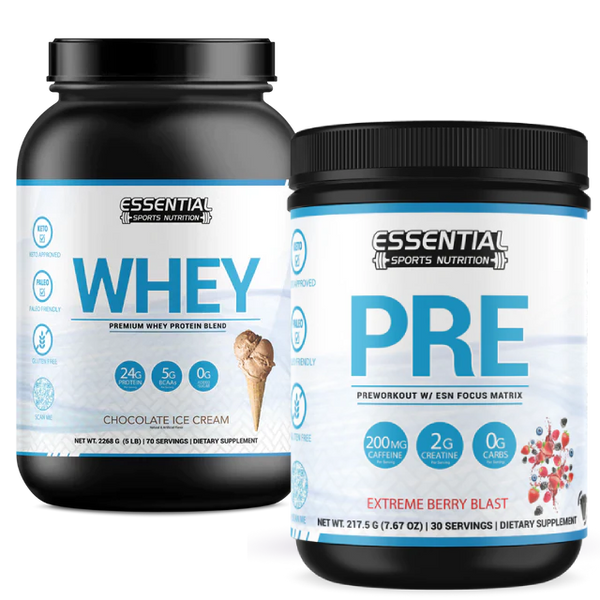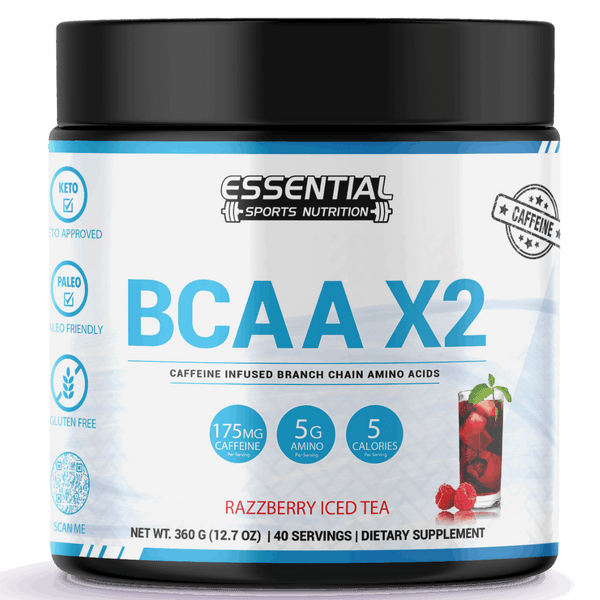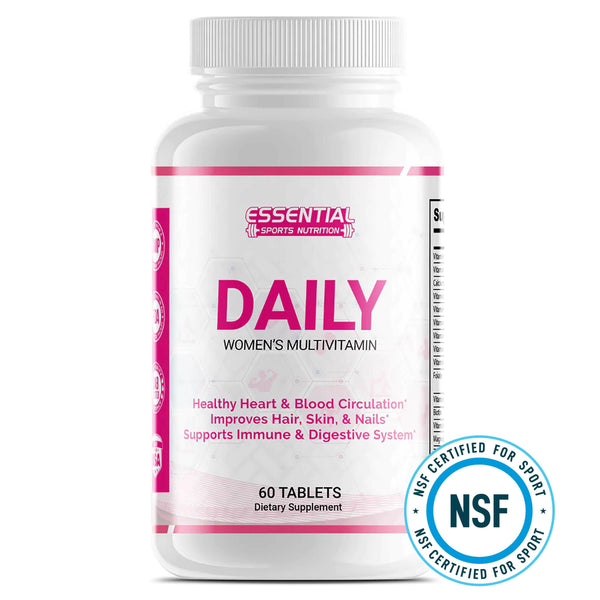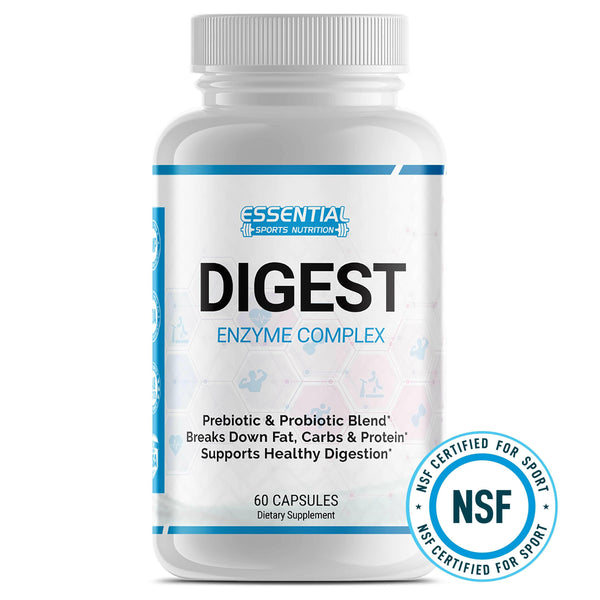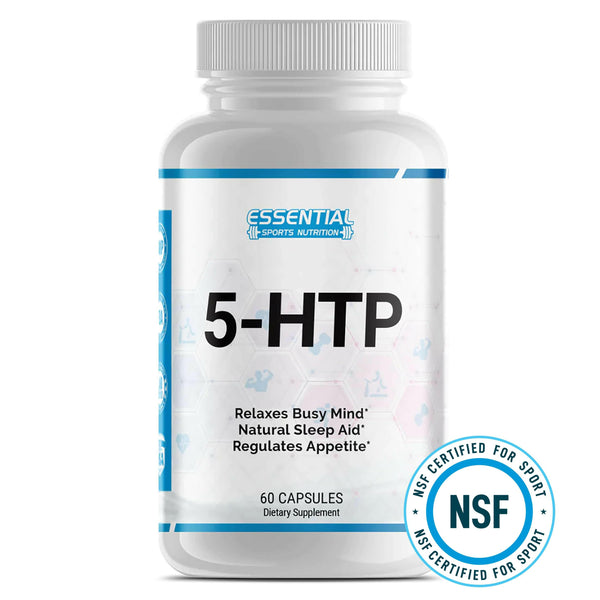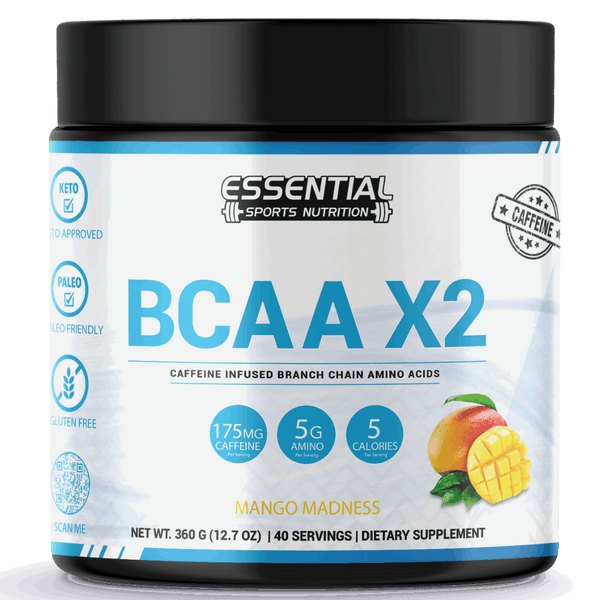DASH Diet for Heart Health to Lower Blood Pressure and Cholesterol
You're on the right track with your interest in the DASH diet for heart health. This heart-healthy plan focuses on lowering sodium intake and is rich in whole grains, fruits, vegetables, and lean proteins. It's designed to reduce your blood pressure and cholesterol, cutting down your risk of heart disease. You'll eat foods packed with nutrients, minerals, and antioxidants. Strive for less than 2,300 mg of sodium a day, choose fresh over processed foods, and enjoy a variety of flavors with salt-free spices. Following the DASH diet not only supports heart health but promotes a balanced diet. Embark on this journey to discover its full benefits and how it can transform your heart's well-being.

Key Takeaways
- The DASH diet emphasizes reducing sodium intake to improve heart health.
- It focuses on nutrient-rich foods like whole grains, fruits, and vegetables.
- Incorporates lean proteins and low-fat dairy to support heart well-being.
- Aims to lower blood pressure and bad cholesterol levels, reducing heart disease risk.
- Encourages a balanced diet with specific servings of food groups for overall heart health.
Understanding the DASH Diet
The DASH diet, backed by the NIH, offers a heart-healthy eating plan that focuses on reducing sodium intake and incorporating a balanced intake of whole grains, fruits, vegetables, and lean proteins to support overall health and manage weight effectively. This diet isn't just about what you're cutting out; it's about what you're adding in—nutrient-rich foods that can improve heart health and stabilize blood pressure. By emphasizing servings of whole grains, low-fat dairy, and a variety of fruits and vegetables, the DASH plan assures you're receiving a broad spectrum of vitamins, minerals, and antioxidants, all while keeping your sodium intake in check.
Whether you're aiming for the standard sodium limit of 2,300 mg/day or the lower level of 1,500 mg/day, the DASH diet provides a flexible framework to accommodate your needs. This adaptability makes it easier for you to adhere to the plan and achieve your health goals. With its well-documented benefits in lowering blood pressure and potential to reduce heart disease risk, the DASH diet stands out as a scientifically supported, nutritionally sound approach to eating for heart health and beyond.
Key Components and Food Sources

What are the foundational elements of the DASH diet, and how can they transform your eating habits for better heart health? At its core, the DASH diet emphasizes whole grains, low-fat dairy, vegetables, fruits, and fish. This nutrient-rich approach is designed to boost heart health by encouraging the consumption of foods that are low in saturated fats and packed with essential nutrients.
By integrating whole grains into your meals, you're not just filling up on fiber; you're also reducing your risk of heart disease. Low-fat dairy products contribute to this heart-healthy eating pattern by providing calcium and protein without the high saturated fat content found in full-fat dairy. Vegetables and fruits, the stars of the DASH diet, offer a kaleidoscope of vitamins, minerals, and antioxidants, all while keeping your sodium intake in check—a key factor in maintaining healthy blood pressure levels.
Incorporating fish into your diet a few times a week not only diversifies your protein sources but also supplies omega-3 fatty acids, known for their role in heart health. By choosing these nutrient-dense foods and limiting your intake of unhealthy fats, you're on your way to a healthier heart and a more vibrant life.
Managing Sodium Intake
To effectively manage your heart health, it's vital to limit your sodium intake, as recommended by the DASH diet, to either 2,300 mg per day or a lower 1,500 mg daily if your healthcare provider advises. The Dietary Approaches to Stop Hypertension (DASH) diet emphasizes not just what you eat but also how much sodium you consume. Here's how you can adhere to your daily sodium limit:
- Read Food Labels: Always check the sodium content on food labels. This step is important for managing your daily sodium intake and opting for low-salt options.
- Opt for Fresh Foods: Fresh or frozen fruits and vegetables are naturally low in sodium. Incorporate these into your meals instead of canned or processed items, which often contain added salt.
- Use Salt-Free Spices: Enhance the flavor of your meals with salt-free spices instead of salt. This strategy not only lowers your sodium intake but also introduces you to new flavors.
- Select Fresh Proteins: Choose fresh poultry, fish, and lean meats over processed or packaged versions, which tend to be high in added sodium.
Sample Meal Plans

Implementing sample meal plans from the DASH diet can greatly enhance your heart health. These plans offer balanced options like oatmeal with fruit for breakfast, a hummus plate for lunch, and roasted salmon for dinner, all while guaranteeing you're getting the right mix of whole grains, lean proteins, fruits, and vegetables. These meal plans are designed to support your heart by balancing blood pressure, lowering cholesterol levels, and improving overall cardiovascular health.
By following the DASH diet's sample meal plans, you're not just eating randomly; you're consuming a meticulously planned, nutritious diet that adheres to specific serving recommendations for various food groups. This ensures a well-rounded diet that's rich in nutrients essential for heart health. The emphasis on balanced eating—incorporating whole grains, lean proteins, and a plethora of fruits and vegetables—makes the DASH diet a powerful tool in your arsenal for better heart health outcomes.
Adopting these meal plans can significantly improve your blood pressure and cholesterol levels, contributing to enhanced cardiovascular health. Remember, incorporating these sample meal plans into your daily routine is a step towards a heart-healthy lifestyle, underlining the importance of a well-rounded and nutritious diet.
Benefits Beyond Lowering Your Blood Pressure
Lowering your sodium intake and focusing on nutrient-dense foods, the DASH diet goes beyond simply reducing blood pressure, offering substantial benefits for overall heart health and cholesterol management. As you explore this heart-healthy eating style, you'll discover a wealth of advantages that extend far beyond managing high blood pressure.
Here are four key benefits of the Dietary Approaches to Stop Hypertension (DASH) diet:
-
Improves Cholesterol Levels: Embracing the DASH eating plan helps significantly reduce harmful cholesterol levels, which is important in minimizing the risk of heart disease.
-
Supports Overall Heart Health: The DASH diet promotes excellent cardiovascular health DASH diet promotes excellent cardiovascular health by emphasizing a balanced eating plan rich in fruits, vegetables, and whole grains while limiting red meat.
-
Reduces Heart Disease Risk: The diet's thorough focus on nutrient-dense foods and reduced sodium intake contributes to a lower risk of developing heart diseases.
-
Promotes a Balanced Diet for Heart Well-being: The DASH diet isn't just about what you can't eat; it's a guide to what you can eat to achieve excellent heart health through a well-rounded, nutritious eating plan.
Conclusion

The DASH (Dietary Approaches to Stop Hypertension) diet is a promising strategy for promoting heart health. Its emphasis on fruits, vegetables, whole grains, and lean proteins aligns with nutritional guidelines for reducing cardiovascular risk factors. Research consistently demonstrates its effectiveness in lowering blood pressure and cholesterol levels, which are crucial elements in preventing heart disease. Furthermore, its flexibility and focus on balanced eating make it a sustainable option for long-term health maintenance. Adopting the DASH diet can be a proactive measure in safeguarding heart health and enhancing overall well-being.
Heart-Healthy Dash Eating Plan FAQs
Q: What is the DASH diet?
A: The DASH diet stands for Dietary Approaches to Stop Hypertension. It is an eating plan designed to help lower blood pressure and improve heart health. Focusing on whole foods like grains, veggies, and lean meats and cutting down on sodium for better blood pressure.
Q: How does the DASH diet help with heart health?
A: The DASH diet helps create a heart-healthy eating style for life by emphasizing fruits, vegetables, whole grains, and lean proteins while limiting sodium, added sugars, and saturated fats.
Q: What are some food sources recommended in the DASH diet?
A: Food sources recommended in the DASH diet include fruits, vegetables, whole grains, lean proteins, low-fat dairy products, nuts, seeds, and legumes.
Q: How many servings of fruits and vegetables should I aim for in the DASH diet?
A: The DASH diet recommends aiming for about 4-5 servings of fruits and 4-5 servings of vegetables each day to support heart health.
Q: Is the DASH diet effective in lowering your blood pressure?
A: Yes, studies have shown that following the DASH diet can help lower blood pressure and reduce cardiovascular risk factors when combined with an overall healthy lifestyle.
Q: How can I incorporate the DASH diet into my daily eating habits?
A: To incorporate the DASH diet, choose foods that are high in potassium, magnesium, and fiber, while limiting foods high in sodium, added sugars, and saturated fats. Opt for fat-free or low-fat dairy products and use vegetable oils instead of solid fats.
Q: What are some additional health tips for following the DASH diet?
A: Some additional health tips for following the DASH diet include staying hydrated, eating a variety of fruits and vegetables, and speaking to your healthcare provider for personalized guidance.
Q: What foods are not allowed in the DASH diet eating plan?
A: Traversing the DASH diet's landscape, you'll steer clear of salty processed meats, canned soups, and snacks. Fatty meats, full-fat dairy, and tropical oils are off your map, alongside sugary drinks and snacks.
Q: Who Is the DASH Diet Not Recommended For?
A: The DASH diet isn't recommended for you if you're seeking a quick fix, dislike long-term changes, enjoy high-sodium foods, need a low-carb or high-protein diet, or have certain medical conditions without consulting a doctor.
Q: What Is the First 2 Weeks of the DASH Diet?
A: In the first fortnight, you'll cut back on sodium big time, while loading up on fruits, veggies, whole grains, and lean proteins. It's all about kickstarting healthier habits to lower your blood pressure rapidly.



